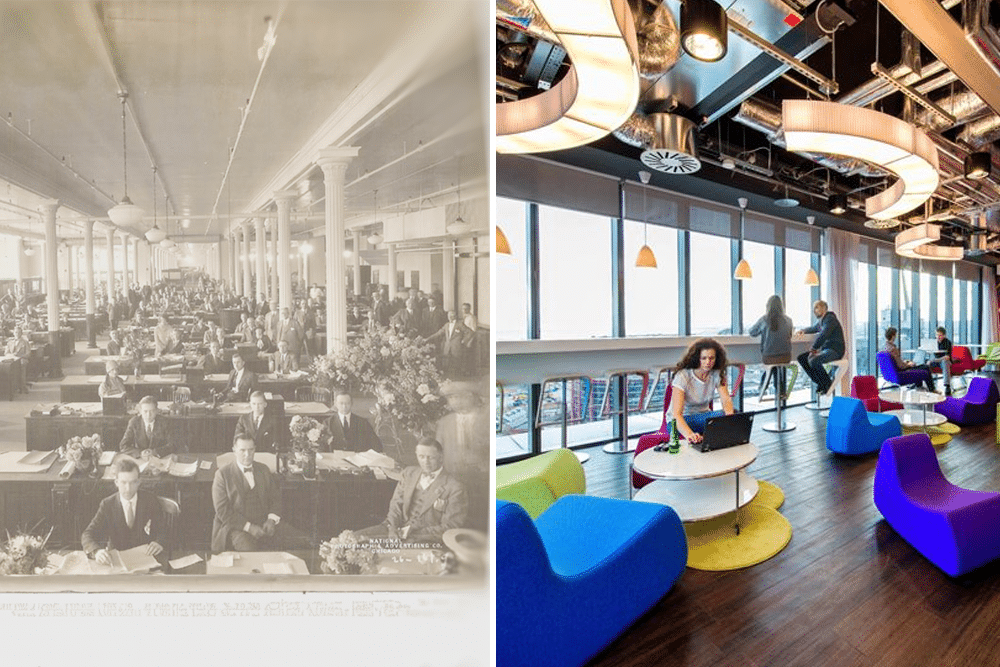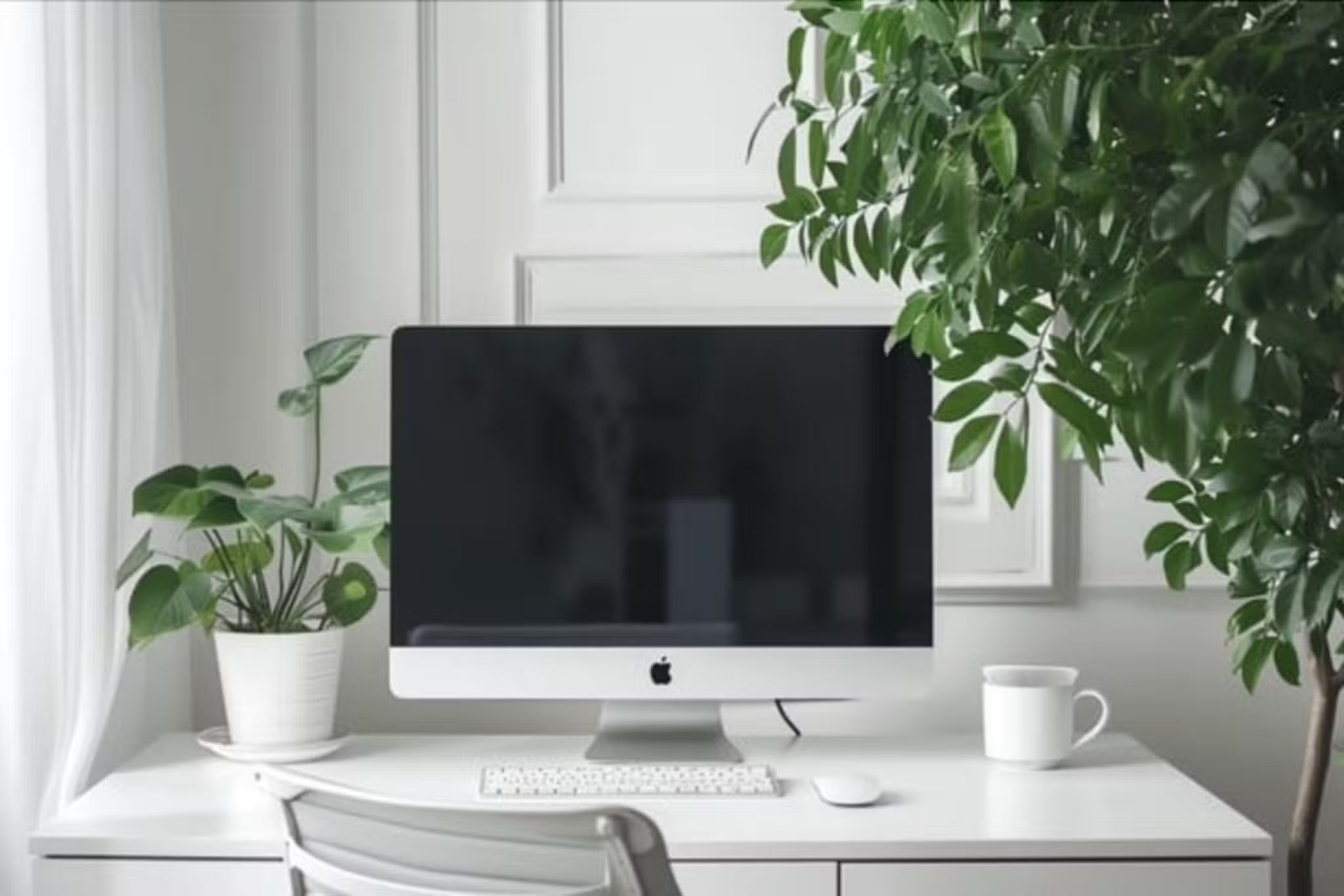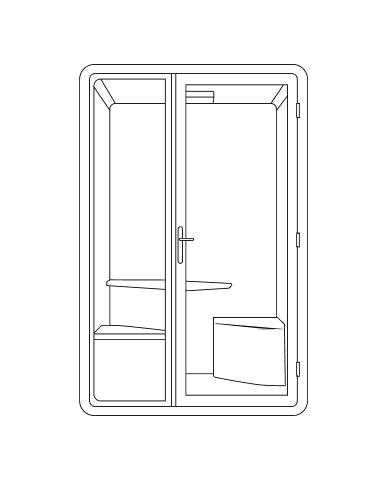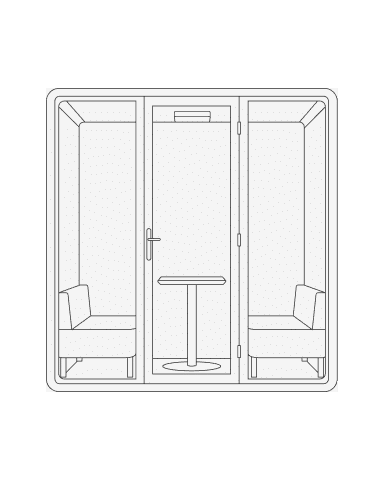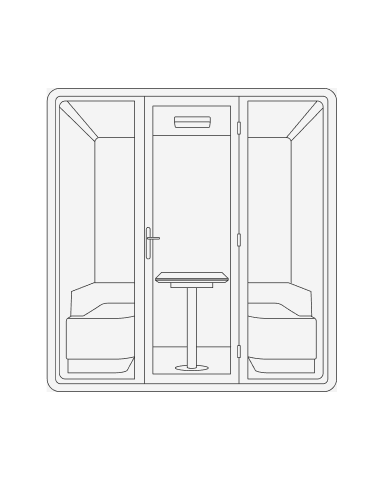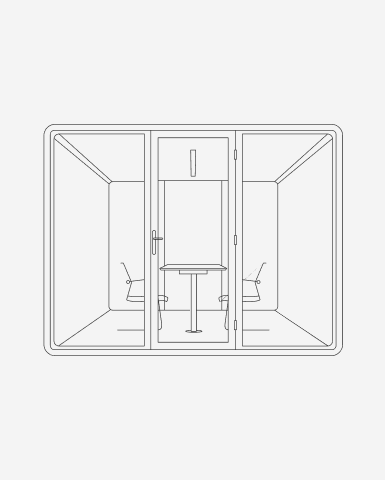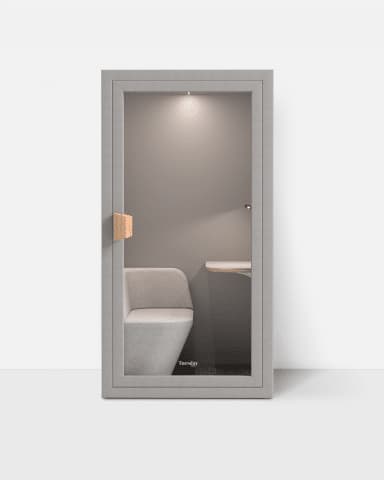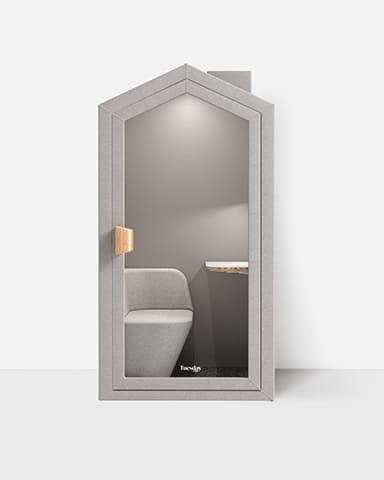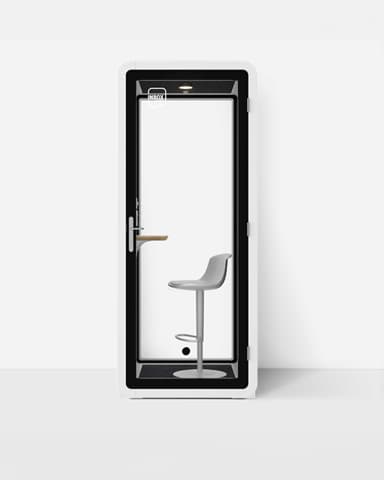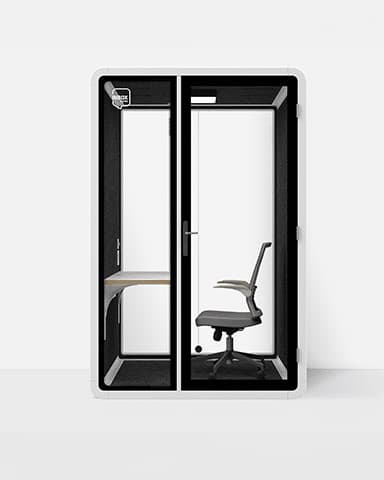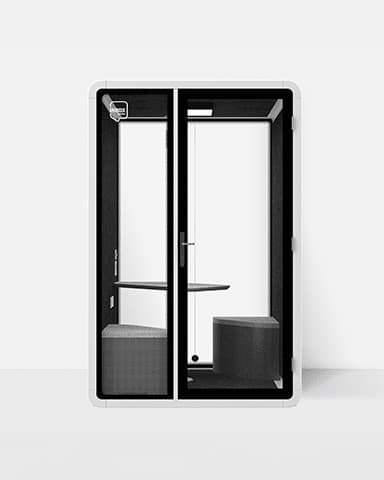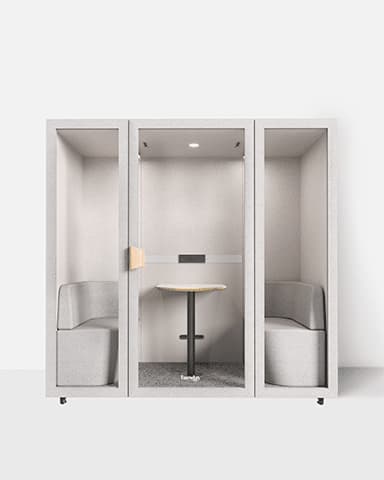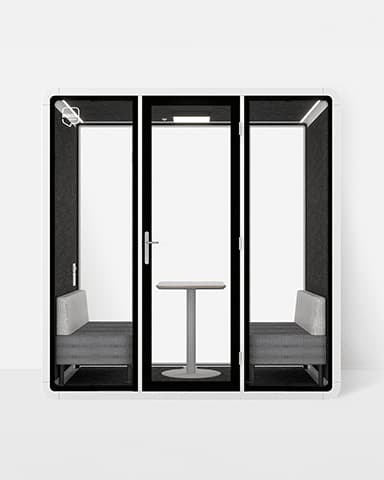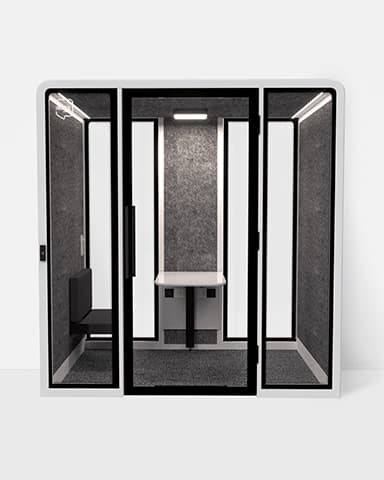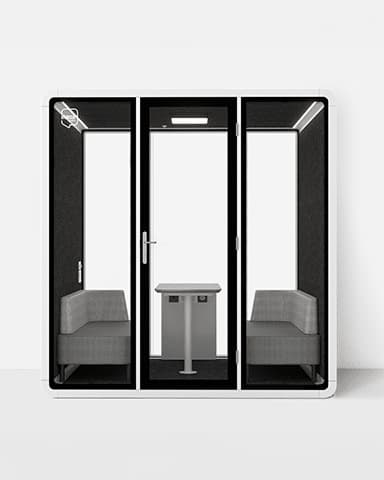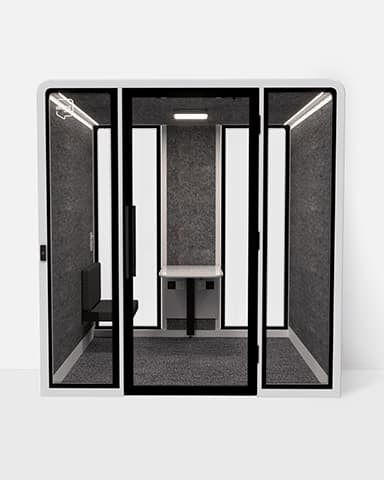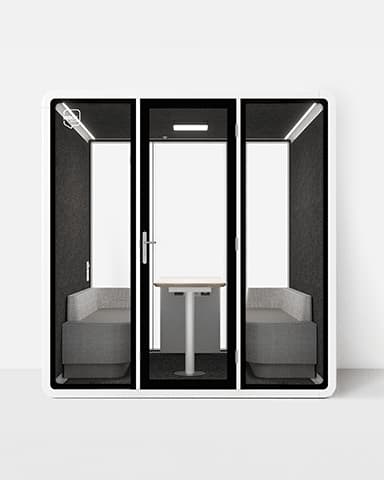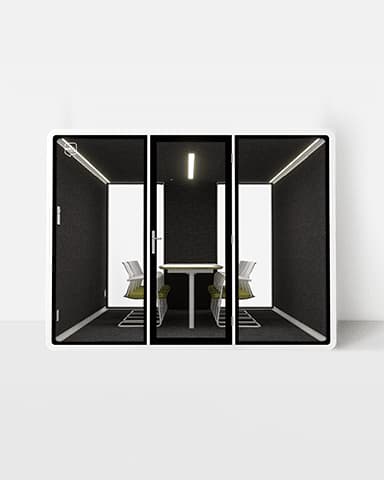Office Culture
Business office spaces have come a long way since the first ones were established back in the 1700s. Many different factors have influenced the way we come together to work, each adding its own tweak on everything from where we sit to how we do our jobs. Every iteration of office design has built on the innovation of the last to advance how we achieve efficiency, collaboration, and creativity in the workplace.
Early offices
The concept of the office is a lot older than many of us realize. It has its roots in ancient Rome and the word officium. However, back then the word was used to describe people who held formal positions, such as in government. The idea of offices as buildings where people worked didn’t exist until the dawn of the Industrial Revolution in the 1700s. In Britain, institutions such as the Royal Navy and East India Company saw value in having a centralized space for workers to operate from, which led to the first modern offices.
1900s

The 20th Century ushered in advancements that would forever change the way we work. Along with electricity (which was the biggest game-changer of all), we also saw the proliferation of electric typewriters and calculation machines. For the first time in human history, telegraphs and telephones made it possible for office spaces to be situated away from a company’s base of operations. Meanwhile, the introduction of metal-frame construction and invention of the elevator meant that skyscrapers higher than ten storeys could be built to house more offices than ever before on what had previously been a finite piece of real estate.
It was at this time that the Efficiency Movement and a style known as the Taylorist office design came into fashion. Developed by Fredrick Winslow Taylor, this style of office was meant to focus on efficiency above all else. Offices were set up in linear rows of work spaces where workers completed repetitive tasks. Meant to mimic factory assembly lines, Taylorist offices were designed to enable a constant flow of work.
1950s

With the exception of a greater focus on aesthetics and quality materials that came with the 1930s, offices didn’t see another significant shift in design or function until the mid-century. It was at this point that open plan offices, which focused on movement and flow through the physical space, became all the rage. Open offices also introduced workers to the concept of partitioned breakout spaces for collaboration, grouping people based on the kind of work they did (aka the concept of departments), and—for better or for worse—fluorescent lighting.
1960s and 70s
By the time the 60s arrived, companies had started to realize that one size doesn’t fit all. It was at this point that offices introduced the idea of activity-based working, which meant creating an office environment that was tailored to the worker and the type of work they were doing rather than forcing everyone into the same set-up. In response to this problem, a series of furniture called Action Office was developed. Designed to allow freedom of movement and flexibility, the Action Office system’s three walls could be modified based on a worker’s needs and provided some privacy without completely cutting them off from their colleagues.
1980s and 90s

The revolutionary Action Office of the 60s and 70s paved the way for what is arguably the most contentious workspace of all: the cubicle farm. At a time when middle management was exploding, companies needed a way to house their growing workforce into limited space without sacrificing privacy. Cubicles were cheap to manufacture, easy to assemble, and made for an economical footprint in corporate offices. Despite being quiet and distraction-free, cubicles made it much harder for workers to collaborate creatively with one another.
2000s and 2010s
As the 90s gave way to the new millennium, the modern office took its biggest evolutionary step since the invention of electricity. In addition to more accessible laptops and cell phones, the arrival of the internet allowed business offices to go virtual. At the same time, a boom in creative tech industries inspired another massive workplace shift: the casual office. In addition to highly-personalized workspaces and a more laid-back corporate culture, offices started introducing alternative work settings such as communal spaces and quiet rooms.
COVID-19 and the office of today

In 2020, offices around the world were forced to rethink their spaces and the way they worked in a major way. Because of the COVID-19 pandemic, countless businesses had no choice but to embrace virtual and remote work. Today, as the world readjusts to life post-pandemic, workplaces have had to do the same thing. Many businesses have used this experience as an opportunity to embed remote work into their office spaces in the form of innovative designs like hot-desks, work pods like those offered by Inbox Booths, and other agile workplace settings.
Ready to transform your office with modern design and soundproof booths? Contact us today to create a workspace that boosts productivity and creativity!
Share article with your community!
Office Culture

